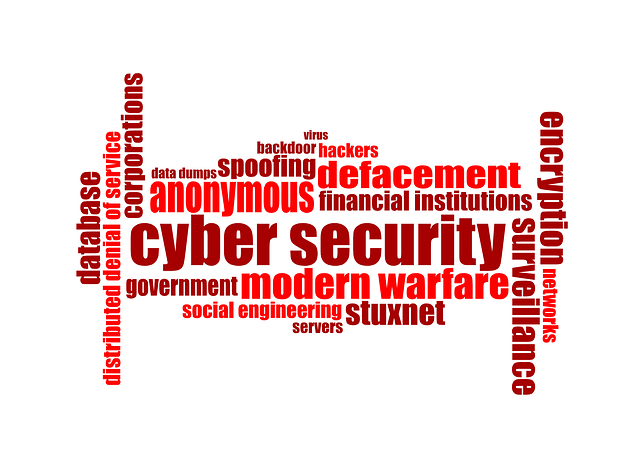As companies in all sectors continue to rely on digital communications, storage, and operations for their day-to-day business, cybersecurity must be a top priority. Sensitive enterprise, employee, and consumer data is valuable to cybercriminals, and they can get a hold of it without even needing to launch an attack from the outside. It is just as possible for a threat to come from within an organization, and just as important to guard against these threats. Understanding the ways in which insider threats manifest, the damage they can cause, and the best practices for preventing them is crucial for all organizations.
What Is an Insider Threat?
The term “insider threat” is a versatile one that covers several different types of threats that can originate from within an organization. Broadly, it refers to the potential for somebody with authorized access to any area of an organization – employees, contractors, custodians, repair people, and more – to cause damage to the organization by use of that access. There are a variety of motives and reasons that insider threats arise and many different forms the threat can take, but insider threats can be broken down into three major categories: malicious insiders, negligent insiders, and compromised insiders.
Malicious insiders are individuals within the organization who, often for financial gain or due to a personal vendetta, choose to harm the organization intentionally. These can be disgruntled employees – or ex-employees whose access hasn’t been cut off – or insiders seizing upon an opportunity to make a profit, to name two of the many possible motives. Negligent insiders are those who unintentionally cause harm to an organization from within, through their action or inaction; these are often employees or contractors who simply don’t exercise adequate cyber hygiene. Finally, a compromised insider is one whose credentials have been stolen and used by cybercriminals to allow an outsider to access their accounts or networks.
What Are the Dangers?
The potential risks of an insider threat can vary depending on the type of threat and other factors. According to the Ponemon Institute’s Cost of Insider Threats Report, employee or contractor negligence is the least costly type of insider threat per incident, but because it happens more than twice as often as malicious insiders, and nearly three times as often as credential theft, negligent insiders make up for more than their fair share of the total annual cost. Accounting for disruption cost, labor, revenue losses, and several other factors, the report cites the average annualized cost for all three kinds of insider threats at more than 15 million USD.
Beyond the financial burden of remediating an insider threat, there are other dangers to be aware of as well. Data and trade secrets stolen from an organization can be leaked or sold, either directly to market competitors or on the black market. This can mean losing a serious edge over the competition, losing clients, and soiling your reputation. Private information of employees and consumers alike can be stolen and leaked, which may also have repercussions such as reprimands or even fines from agencies that oversee cybersecurity and digital privacy compliance laws.
How Can You Protect Against Them?
Defending your organization against insider threats is very different from defending against hacking or other external attacks. It presents unique challenges and requires a unique approach. Insiders already have authorized access to systems and data, rather than having to use exploits or backdoors to gain access, and the actions of an insider exfiltrating data, for example, often blend in with normal user behavior. Insiders handle, send and receive, copy and paste, edit and download so much data in the course of their regular work, and traditional threat detection and prevention is not designed to be able to discern suspicious user behaviors.
Employing the principle of least privilege and a zero-trust framework can go a long way in preventing insiders from compromising data or networks that are not necessary for their function within the organization. Making sure that insiders are trained in cybersecurity is also important; you can prevent negligent insiders by fostering a culture where each individual is aware of their own role in keeping the organization safe. Knowing how to avoid phishing and social engineering attempts also prepares insiders against the threat of credential thieves. There are data risk management solutions available to “[help] businesses detect, investigate, and respond to insider threats to their data” and close the gaps where other security practices and policies fall short. Security leaders and teams should utilize whatever works best for their company’s particular needs.
Conclusion
External threats to an organization and its data can seem formidable enough on their own, but internal threats are another absolutely essential part of the cybersecurity conversation. It is vital for organizations to understand what insider threats are, where they come from, the kinds of damage they can cause and how to avoid them. It is far more costly to remediate an insider threat after it occurs than to prevent it, and there are many tools and solutions available to help organizations build up a defense against insider threats.
 PJ Bradley is a writer on a wide variety of topics, passionate about learning and helping people above all else. Holding a bachelor’s degree from Oakland University, PJ enjoys using a lifelong desire to understand how things work to write about subjects that inspire interest. Most of PJ’s free time is spent reading and writing. PJ is also a regular writer at Bora.
PJ Bradley is a writer on a wide variety of topics, passionate about learning and helping people above all else. Holding a bachelor’s degree from Oakland University, PJ enjoys using a lifelong desire to understand how things work to write about subjects that inspire interest. Most of PJ’s free time is spent reading and writing. PJ is also a regular writer at Bora.

